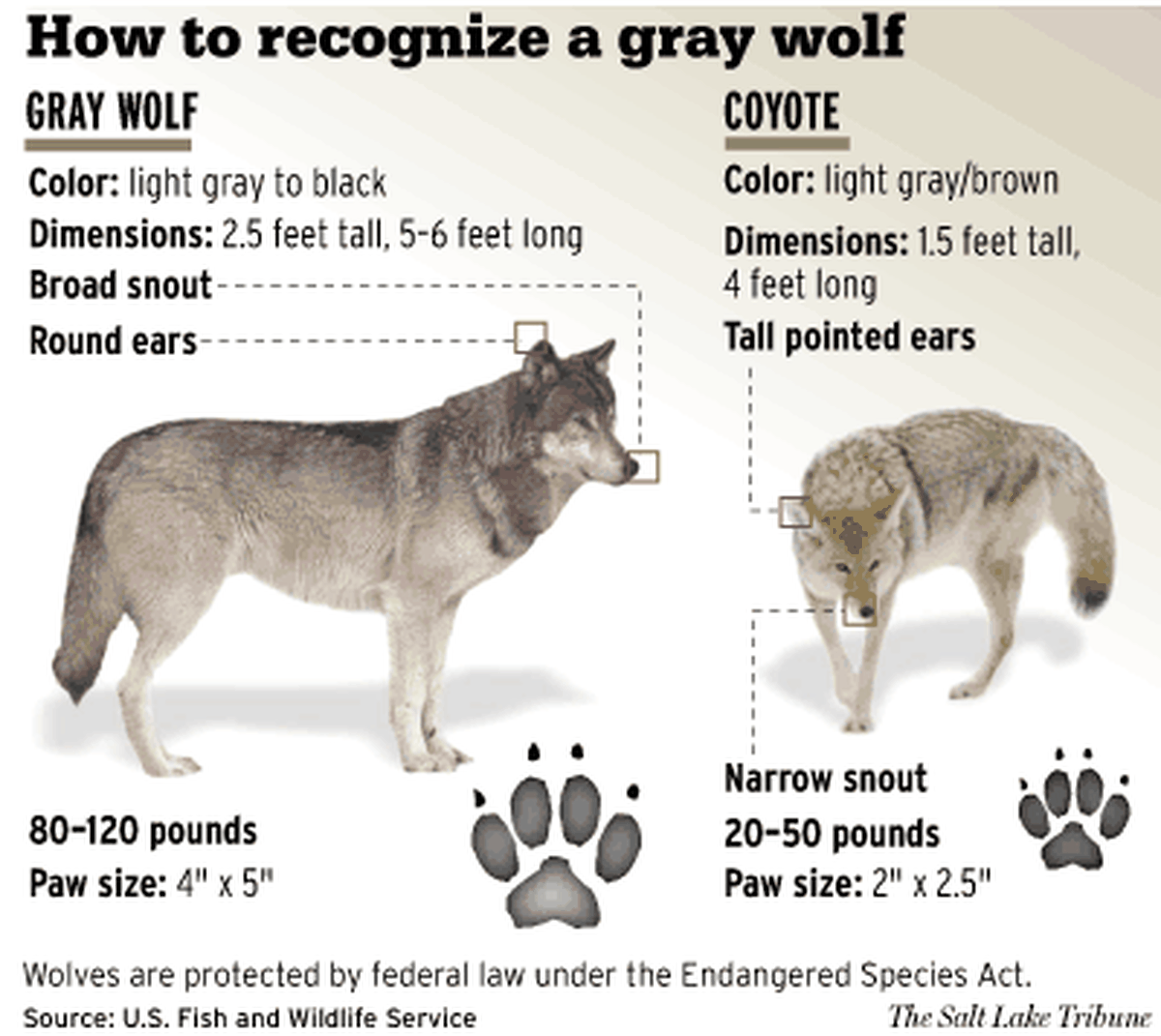

But scientists have known since the 19th century that nature is too complex to be neatly packaged into distinct species. Taxonomists have traditionally defined a species as a group of genetically similar individuals that can interbreed. Moreover, advancements in technology are revealing genetic complexity in new depth, which makes it trickier than ever to separate one species from the pack-and thus decide which groups should be preserved. Such hybrids are increasingly common as human encroachment and climate change transform habitat ranges around the world and cause greater levels of interbreeding. Other quasi-hybrids like Florida’s pumas, North Carolina’s red wolves and lynx in Minnesota feel the same human pressure to prove their distinctiveness. And without a definition, prioritizing the survival of one group of endangered animals-no matter how beloved or culturally important-can prove challenging.Įxperts believe between 230 and 1,200 eastern wolves remain in the wild.Īlgonquin wolves are not the only animals facing a high-stakes identity crisis. The problem is, no one has been able to clearly define what that “something” is. “But absolutely there is something unique about the Algonquin wolf.” “They are not pure and we’ve never said they were pure,” says Linda Rutledge, a geneticist focusing on the eastern wolf at Princeton University who was not directly involved in the study. They also point out that researchers relied on just two genetic samples from wolves within Algonquin Provincial Park. Some scientists believe the evidence is questionable, saying that the study conflated Great Lakes wolf populations with Algonquin wolves. Of course, one genetic study does not put the debate to rest. If the new study is correct, then the “Algonquin wolf” does not exist it is simply a hybrid. But last month, new genetic research in the journal Science Advances asserted just the opposite.* That study suggests that between 50 and 70 percent of the eastern wolf’s genome derives from gray wolves, while the rest comes from coyotes. In a key decision on June 14, they decided they were and listed them as “threatened,” which makes it illegal to hunt them. The Canadian government has spent more than 10 years deliberating over whether Algonquin wolves are a unique species. That "resemblance" has often proved deadly. In many ways, they look identical to coyotes. They are distinctive in appearance, with rusty brown fur and short, lean bodies.

Today they are rarely seen, preferring to stay hidden as they stalk moose and deer in their vast wooded territory. According to an Iroquois legend, these elusive creatures rescued mankind from an apocalyptic flood. That shrill, haunting lament is the howl of the Algonquin wolf, which has roamed this land for centuries.Īlso known as eastern wolves, Algonquin wolves are considered almost mythical by many Canadians. Drive down the main highway that runs through Canada’s Algonquin Provincial Park after dark, and you may hear one of the eeriest sounds in nature.


 0 kommentar(er)
0 kommentar(er)
